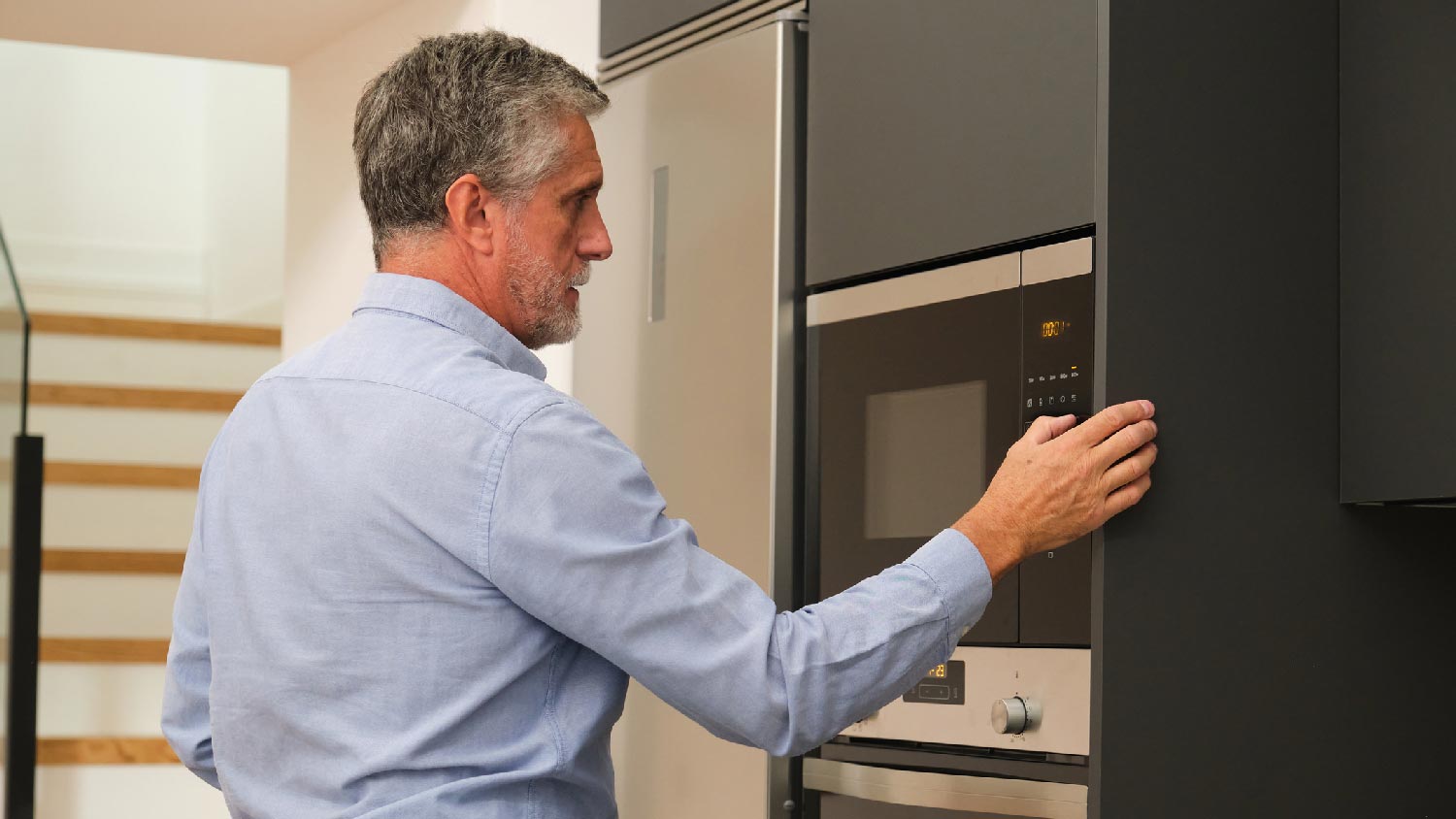
Get transparent microwave repair cost info for 2025. Learn what impacts price, compare repair vs. replacement, and find ways to save on your microwave repair.
The often-overlooked filter is the key to clean


Often hidden out of sight, your washer has a filter that, just like the one in your dryer, collects lint and other debris. But knowing how to clean a washing machine filter isn’t as straightforward as a dryer’s lint trap.
Luckily, this task is much easier than it might sound. The simple maintenance task of cleaning your filter every four months will prolong the life of your appliance and increase your machine’s efficiency—a win-win.

Before you can learn how to clean a washing machine filter, you have to find it—and it’s not as prominently placed as a dryer’s lint filter. Hopefully, you still have your washer’s user manual, as that can point you in the right direction.
If not, here are some tips to locate it, depending on the type of machine you have. Prior to removing the filter, turn all the knobs to “off” and unplug the appliance.
Start by looking on the top rim of the washer tub—there might be a removable screen for lint. Sometimes, the filter is inside the center agitator. To access it, you should be able to unscrew the top of the agitator.
The last place to check is near the water pump or at the end of the drainage hole.
The filter is usually located on the bottom right side of front-loading washing machines via a trap door. Behind the door, you should find a lint filter as well as a water pump filter.
Some newer models of washing machines don’t have removable filters. Instead, they have self-cleaning filters that are located in the pump mechanism. These machines don’t require manual filter cleaning, but do have a cleaning cycle you should run once per month.
While you’re already working to clean your washing machine’s filter, you might as well do a deep clean of your washer to remove mildew and other funky stuff from growing in there. It’s another step toward extending your washing machine’s lifespan and increasing its performance.
If you want to clean the washing machine as a whole, you’ll need a few more products, including vinegar and baking soda.
Now that you’ve completed the prepping step, you’re ready to learn how to clean a washing machine filter.
Place a towel below the filter’s housing (if it’s outside of the machine) to catch any water that may fall out. Next, wipe away lint and debris from the filter using a damp cleaning cloth. You should also wipe down the filter’s housing, and do a thorough inspection to be sure to clean the area well.
Fill a basin with hot, soapy water (1 teaspoon of dishwashing liquid or detergent is fine for this). Place the filter in the basin and let it soak for at least 10 minutes.
You’re already almost done—we told you learning how to clean a washing machine filter was easy! Now, all you need to do is gently scrub away any dirt with a toothbrush or other soft bristle brush.
Now that the filter is clean, you can return it to its home. The washing machine filter does not need to be fully dry before being placed back in the washer; they’re made to withstand moisture and water.
Run a short cycle on the machine to confirm the filter is securely in place. If everything seems to be working, you’re good to go. If something seems off—for instance, if you notice a water leak—take the filter out again and place it back into its housing properly.
If you have an annual maintenance package for your washing machine, cleaning the filter should be one of the included tasks. If not, consider hiring a local washing machine repair service.
You’ll pay anywhere from $50 to $150 per hour for washing machine repair costs, so weigh the pros and cons to decide if having a pro clean your washer for you is worth it. But if you are motivated, learning how to clean a washing machine filter is pretty simple and can be done on a leisurely weekend afternoon.
From average costs to expert advice, get all the answers you need to get your job done.

Get transparent microwave repair cost info for 2025. Learn what impacts price, compare repair vs. replacement, and find ways to save on your microwave repair.

Is your microwave plate not spinning? It’s not the end of the world, but it might be the end of your microwave. Use this guide to diagnose and fix the issue.

Why is your microwave smoking? Learn the most common reasons for smoke coming out of your microwave and how to address the issue safely.

Wondering why your microwave is buzzing? The sound could be more than just a nuisance. Learn about the possible causes and how to find a solution.

If your microwave keeps tripping the breaker, you need to understand why. Learn about common problems and how to keep your family and home safe.